Shop Talk: Design Tools: Season 1 Episode 9
Dawn and Katie discuss the tools they use to create their designs.
For many years Dawn painted all her designs on paper, by hand, in repeat, using traditional media like gouache & luma dyes. Those paper paintings were sent by her client to their factory for color separation (templates created by hand for each color) and finally to the print plant (rotary, roller or hand screen). It was, and still is, such a thrill to receive the final printed yardage, in awe of the entire process with so many skilled hands involved, often across multiple continents.
With the advent of digital technology in the 1990's, it became clear to Dawn that she needed to add digital design skills to her repertoire. Her software of choice: the industry standard for independent designers offering both bitmap, & vector-based imagery, as well as affordability — Adobe Photoshop & Illustrator.
Admittedly, Dawn was intimidated by the learning curve. With no choice but to jump in, some basic on-line tutorials, hours of practice using Adobe's tools, and her New York chutzpah, she began her first client project - an intricate large scale, 10 color Paisley for home furnishing fabric. Her 'Photoshop trial by fire' turned out beautifully. No turning back. Though she still draws and paints her preliminary concepts by hand, these paintings are now scanned into Photoshop where she can manipulate/experiment using her Wacom pad with a stylus, and finally create her production-ready, seamless repeat.
Below, Dawn shows some of the steps in the development of a recent custom pattern, Dragon Chinoiserie, designed in Photoshop for a US Home Decor client. The final artwork is uploaded via an FTP site like wetransfer.com directly to her clients’ digital printer.
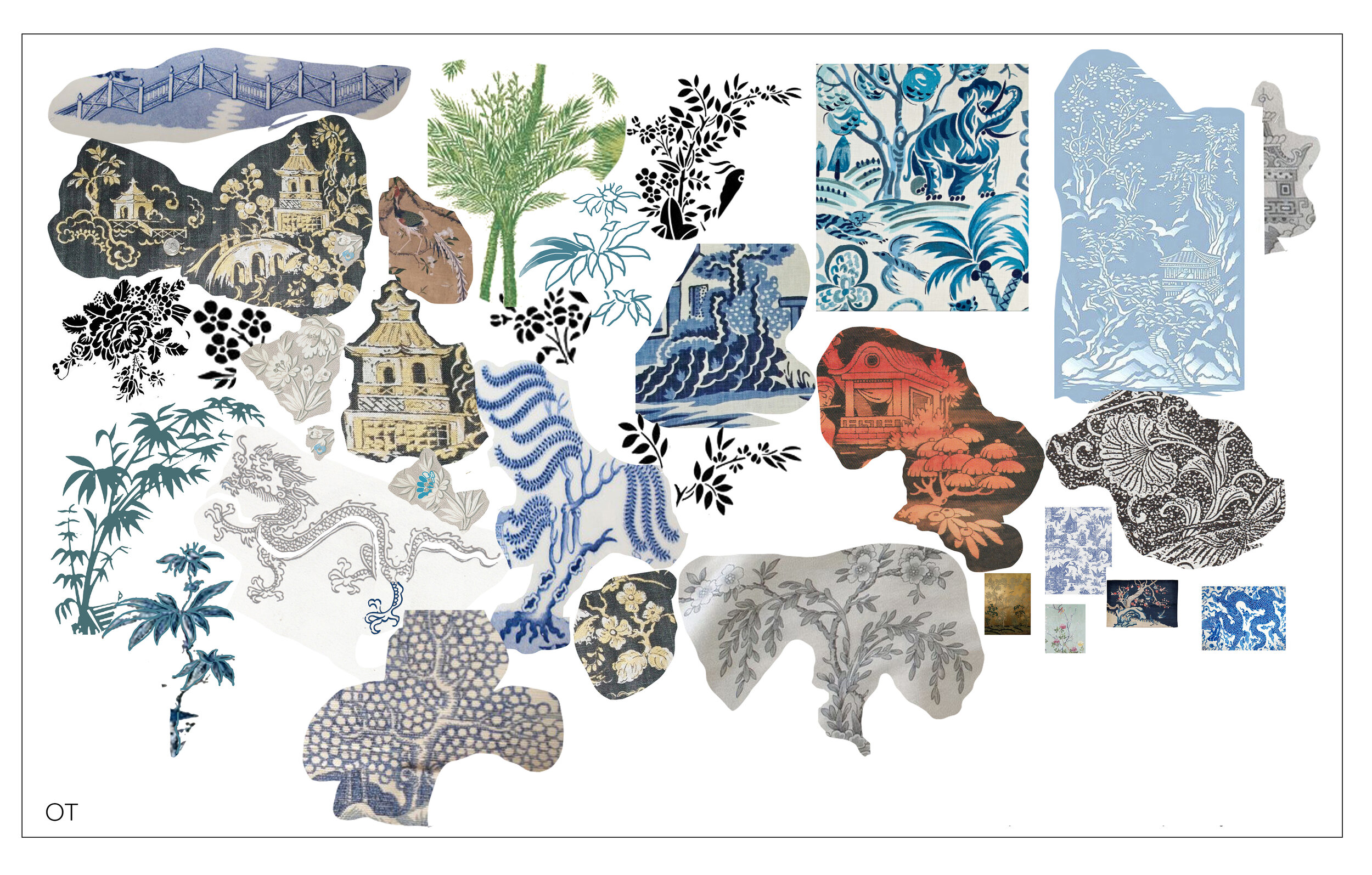
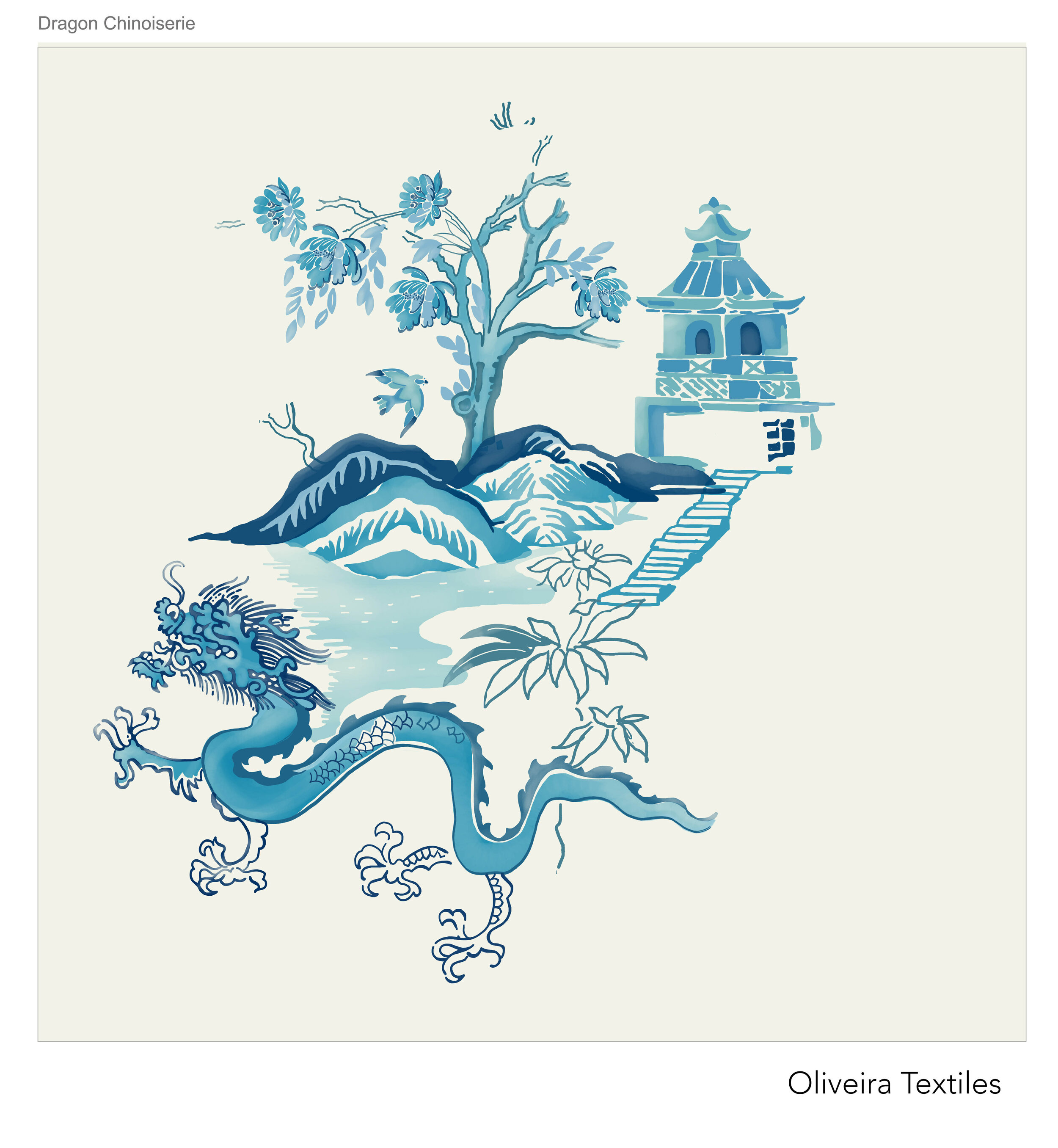
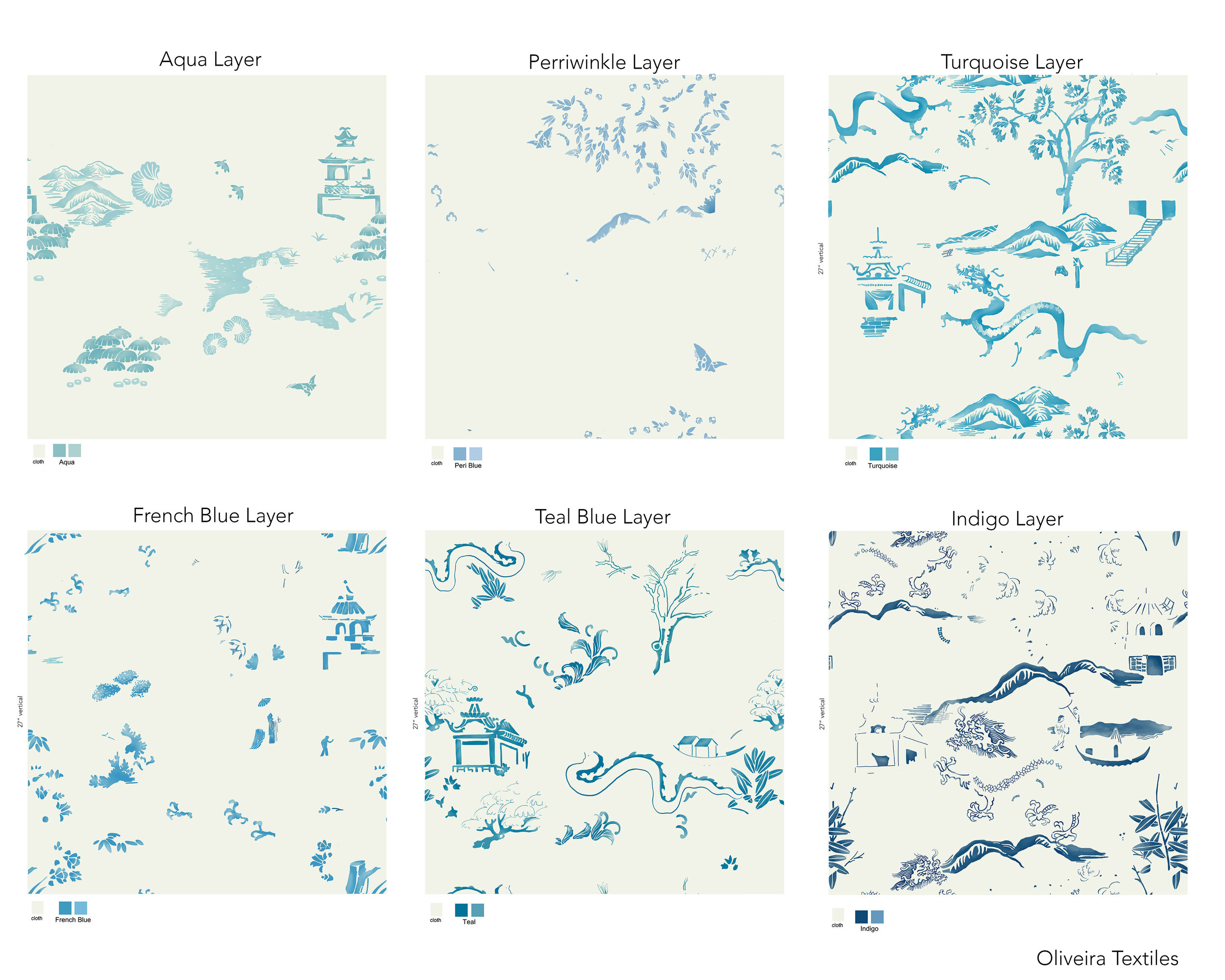

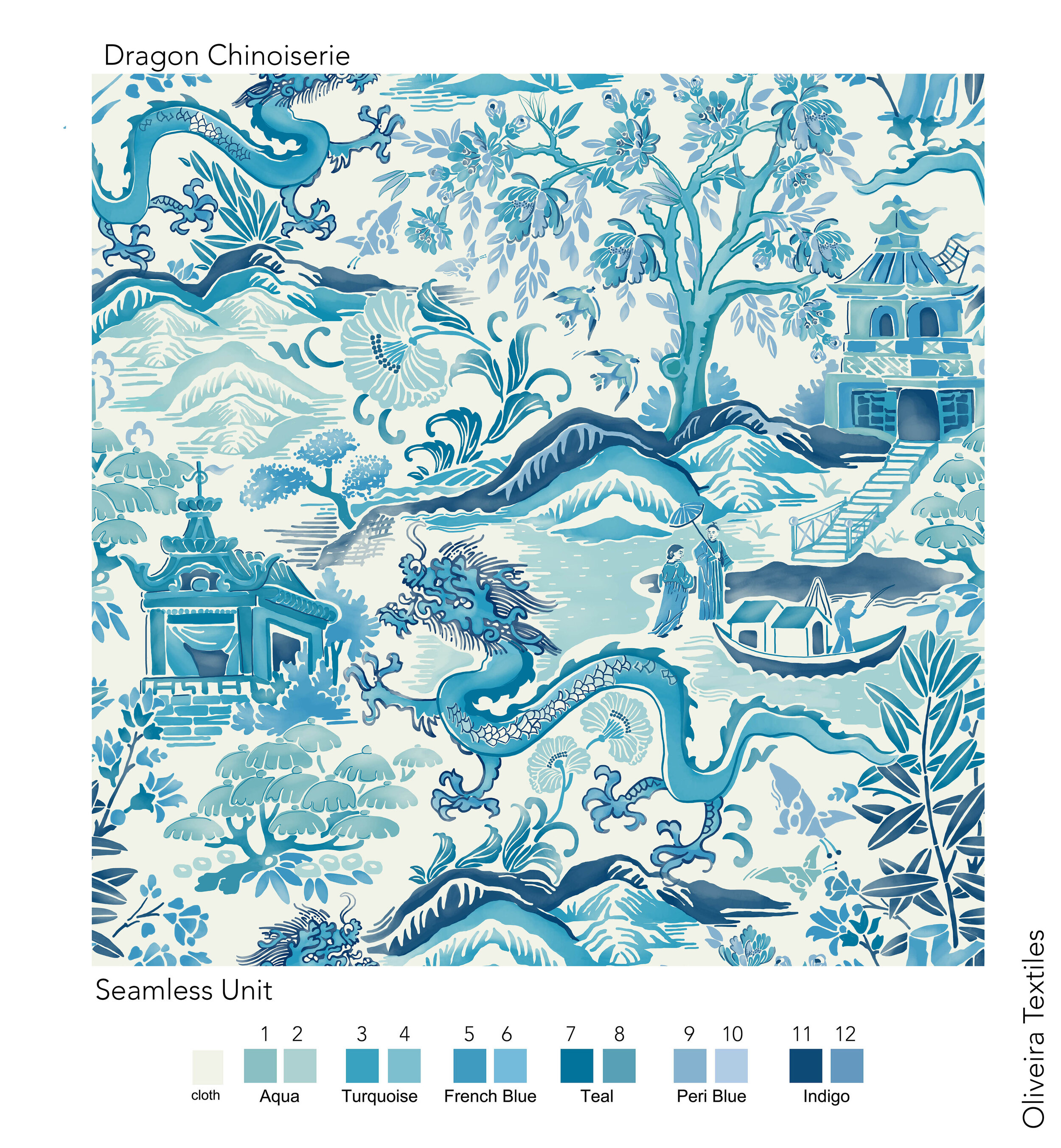
(There are many other software programs available for designing printed textiles which Dawn would love to try, but the cost is usually prohibitive. Programs from Lectra, NedGraphics, and Pointcarre offer advanced tools specifically for textile design, however, due to the cost, these programs are mostly purchased by large manufacturers.)
The development of digital printing onto fabric has changed printing methods and removed restrictions that textile designers have always faced: repeat dimensions and color separation. Other advantages: speed of concept to print, the ability to print intricate details and unlimited colors, very large scale, and decreased environmental impact with water based inks, less water usage, low minimums, and less waste. In Dawn’s view, nothing will replace the beauty of an exquisitely hand-painted design, but digital technology has streamlined the entire manufacturing process and allows for designers like Dawn to work from anywhere in the world.
As Katie mentioned in our earlier Shop Talk DMaH episode (where we introduced a discussion of Design Process), she starts the Schematic Design process drawing by hand, usually at a fairly small scale (1/8”=1’-0”). This allows her to move through ideas — in plan, section, and elevation — rather rapidly and with ease as she develops options for her clients to consider.
Using an old-school parallel rule, adjustable triangle, (occasionally a French curve), architectural scale, a roll of trace, and a pencil, Katie creates schematic drawings that are roughly to scale, but aren’t meant to feel too finished or complete, so the client understands that the drawings can readily be altered as the team’s understanding of the project evolves. After several rounds back-and-forth reviewing different schemes, the homeowners ultimately arrive at their preferred solution.
Katie then generally moves the project into a CAD (computer-aided design) program for the Design Development and Construction Document stages of the design process. Her preferred CAD program is Revit from AutoDesk, which is perhaps better know for AutoCAD. She uses Revit LT, which Autodesk markets as a “cost-effective, streamlined” version of the full Revit software package. Unlike AutoCAD, which is strictly a two-dimensional program, Revit allows you to construct a 3D model of your project while creating the two-dimensional drawings that typically comprise a set of construction drawings. Once Katie has moved a project into CAD during the Design Development and Construction Document stages, many specific decisions about dimensions, assemblies, joints, details, and products are made, transforming the approved schematic into a viable architectural project prepared for construction.
The images in the slideshow below show a progression of the KHS Harvard Shaker House Renovation/Addition from hand-drawn schematic plan and elevations, to CAD-drawn plan and exterior elevation, to a 3D model in process, to photos of completed elements of the project.
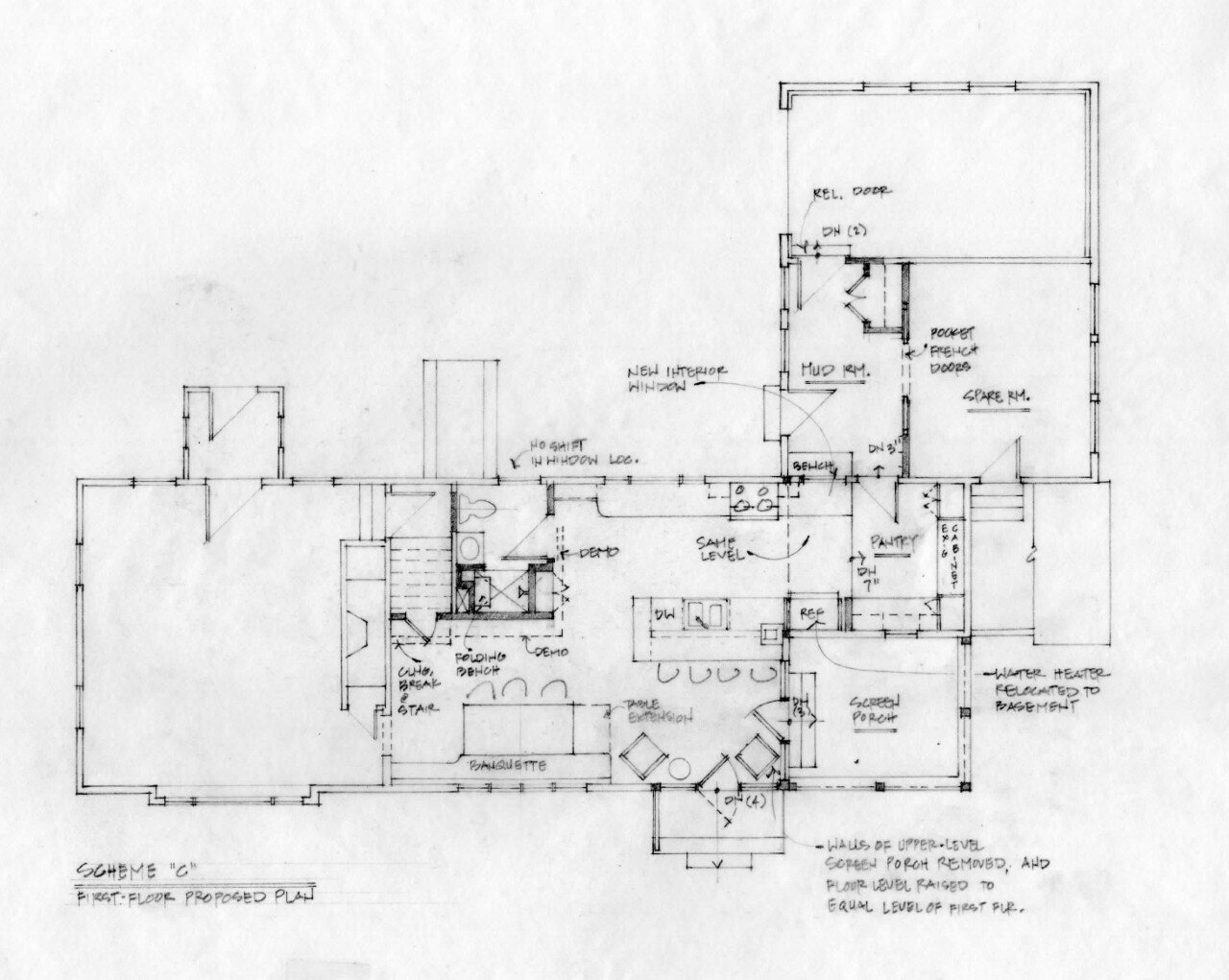
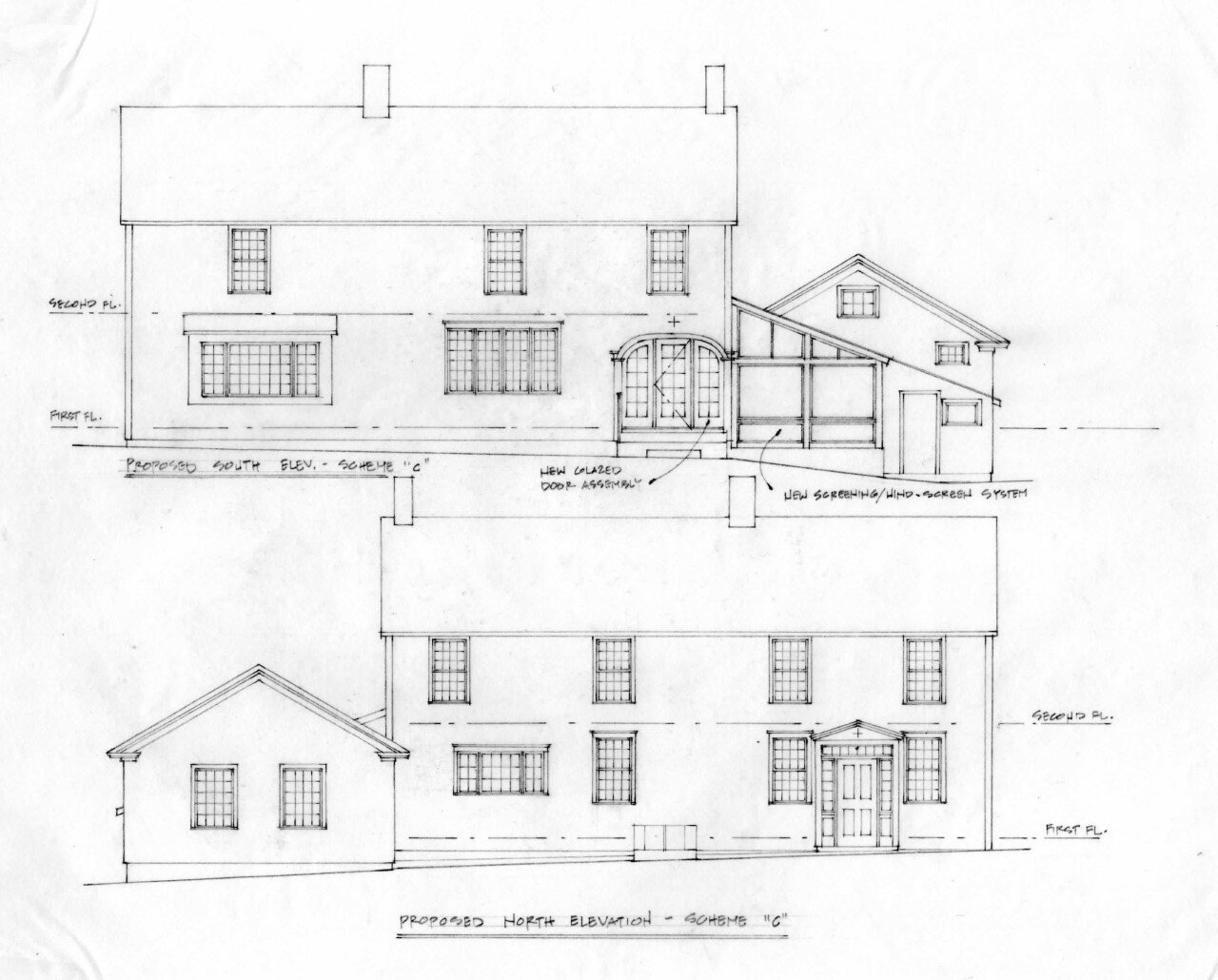
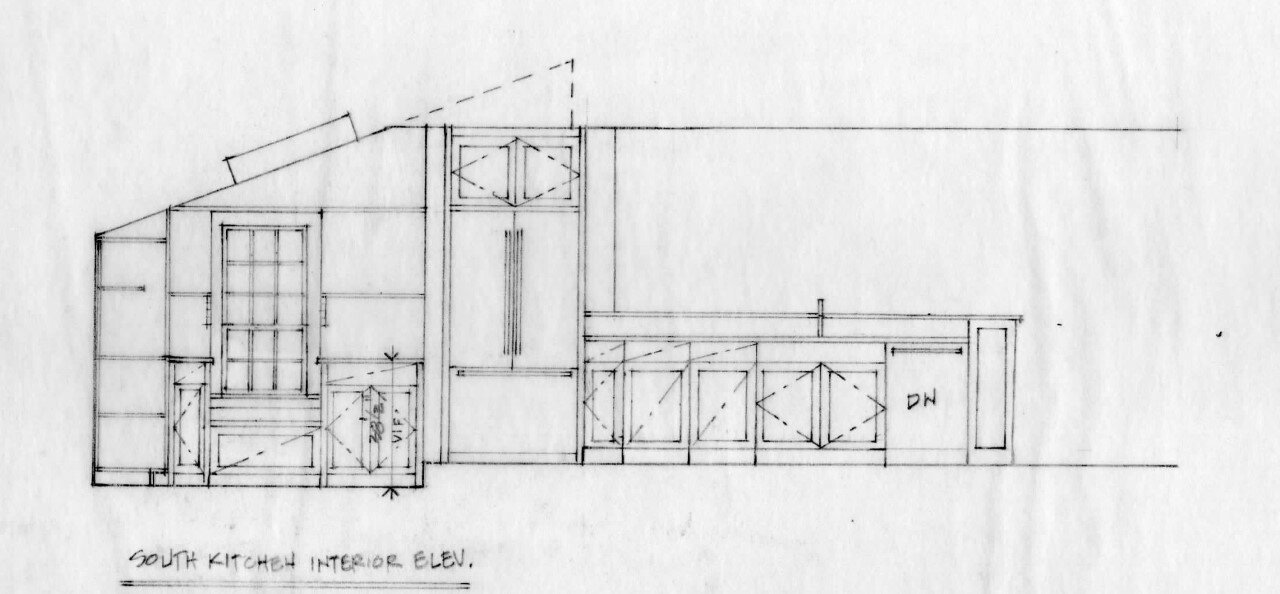
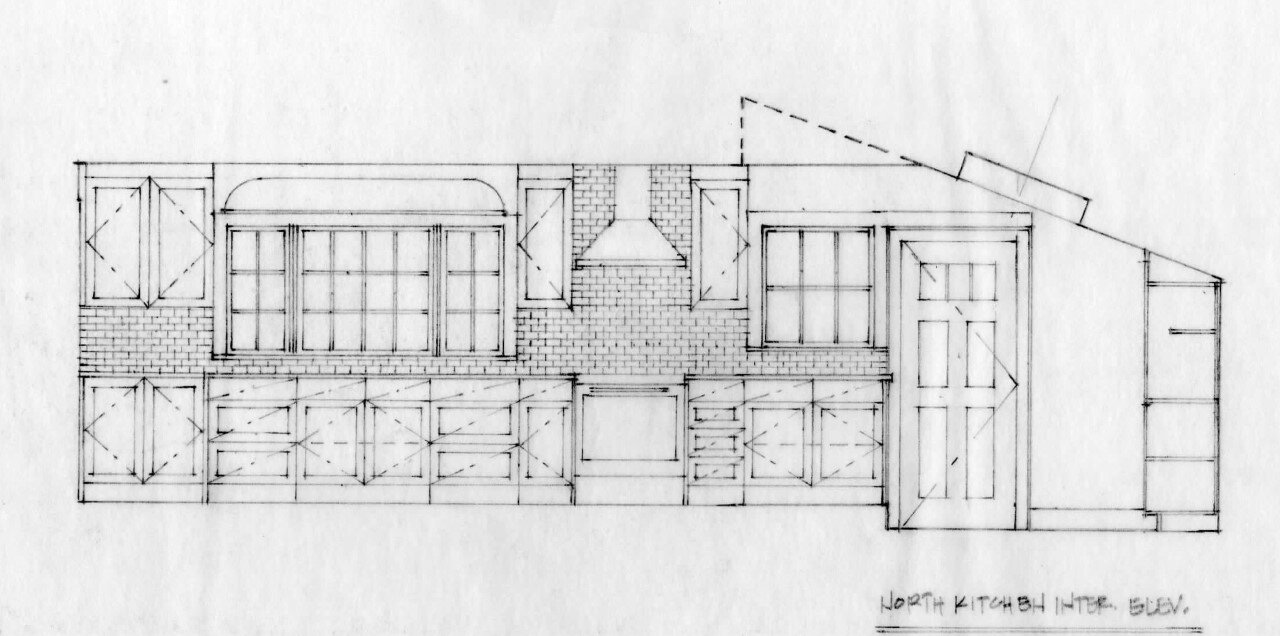
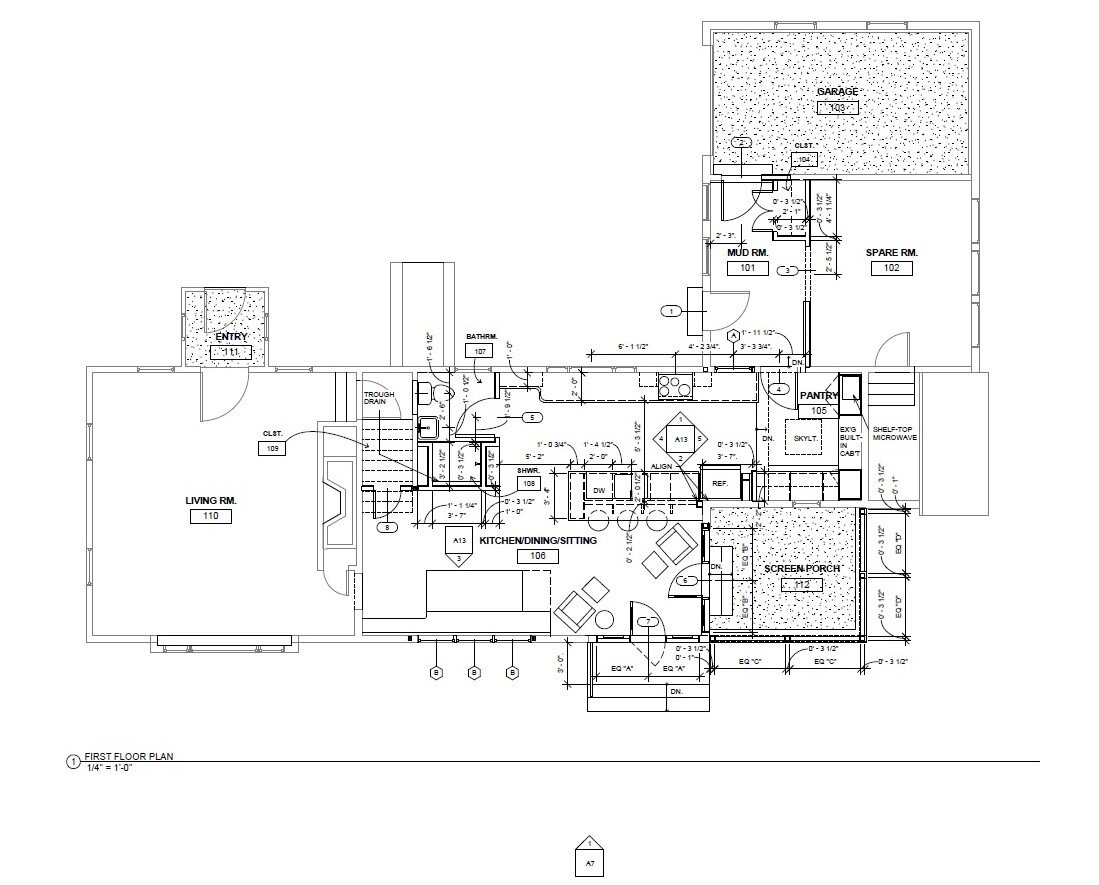
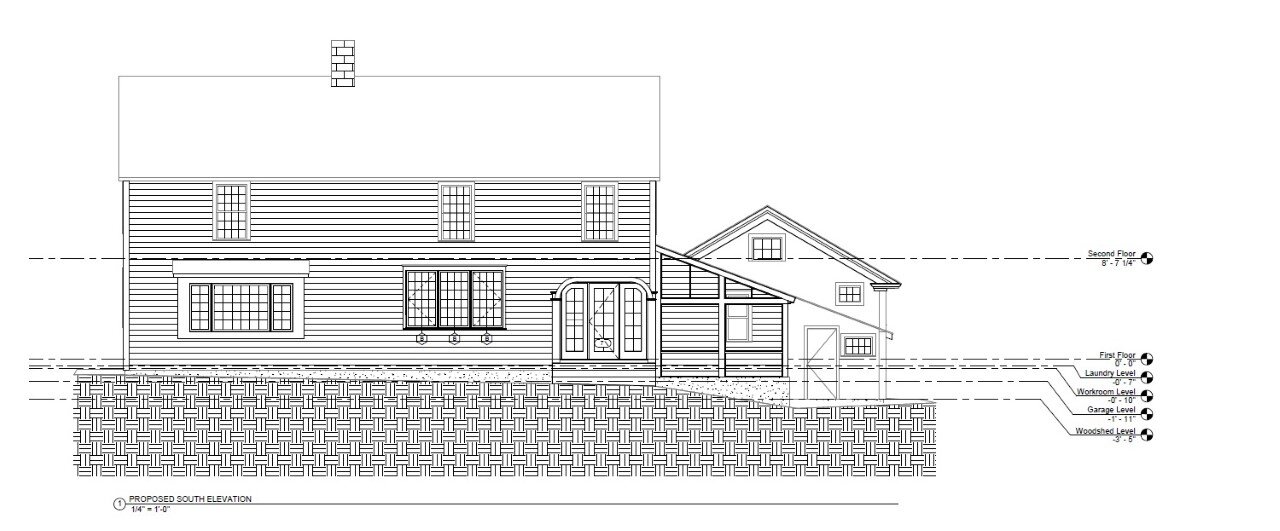
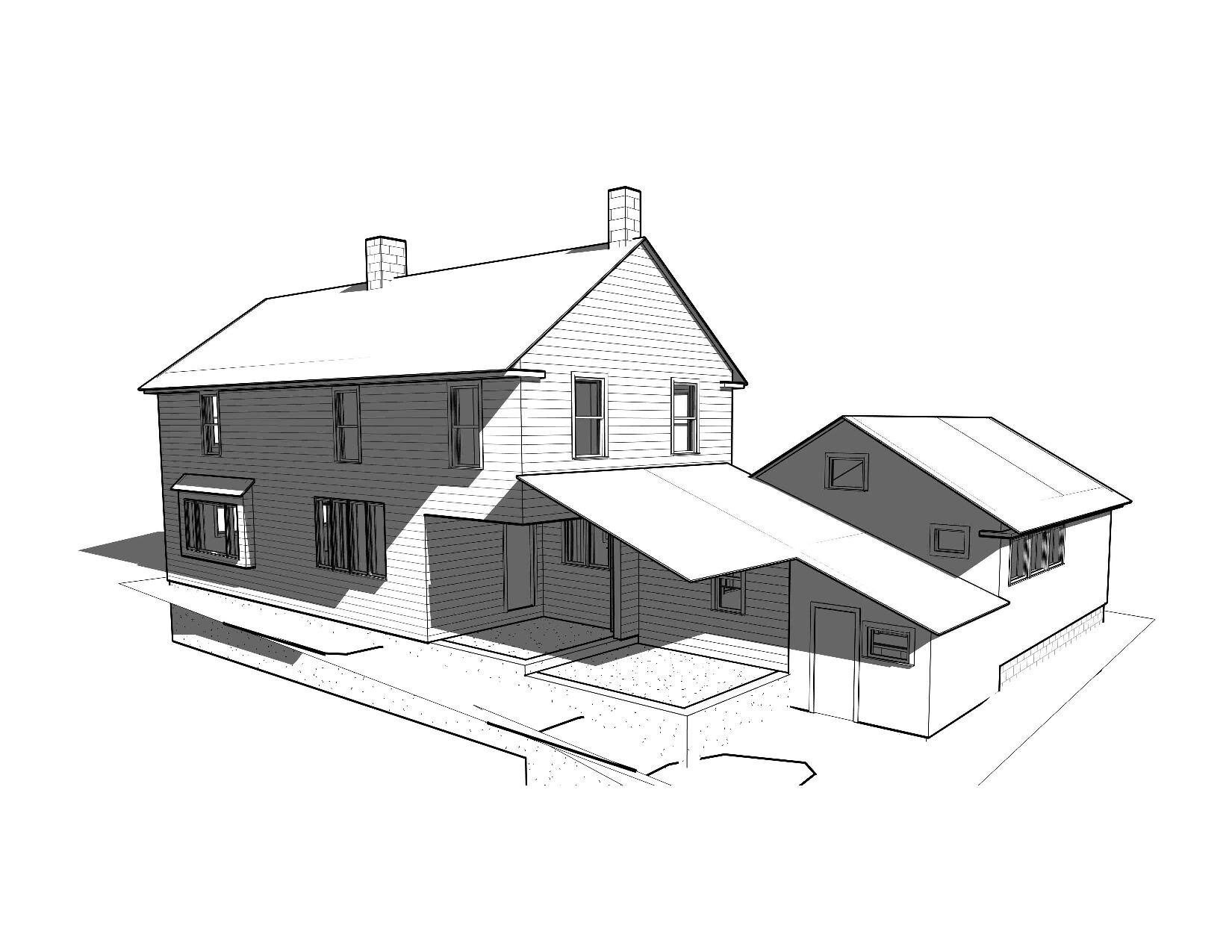




Of course, there are plenty of other tools available for architects and designers. Katie doesn’t often use SketchUp, but many architects and designers use it to create 3D massing studies of their designs, though Katie believes that few use SketchUp to prepare construction drawings. An alternative sketching program that recently caught Katie and Dawn’s attention is Morpholio Trace, which is available in the iPhone and iPad app store.
In the end, design tools are just that — tools. They can help a designer communicate a creative vision, but ultimately, it’s the vision that matters. Sometimes the most efficient and effective way to communicate a design is the simplest — by hand — at least to start.







